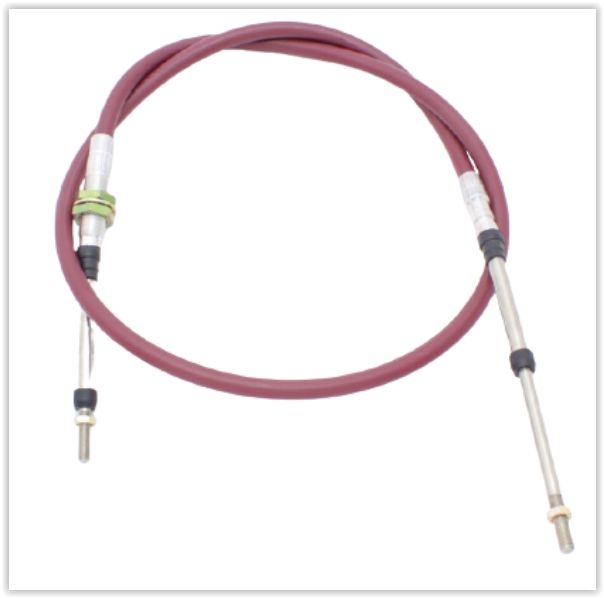I have an idea there is a large model engineering society in America who do this habitually, because of their locos' long tenders and deep cabs. I forget the name of the club but it might be Pennsylvania Live Steamers, and I am sure I found out from an article on them in ME a good few years ago.
So no doubt have some very good methods.
As I recall, (unless from another course) they fit regulator, brake control and reverser with rod-type extensions that are guided by clip-on brackets on the back of the tender. (The fittings are all removable for static display without leaving 'orrible 'oles in the tender itself, and of course for transport.)
A lever-type reverser with the normal spring latch can be operated with co-axial tube and rod, one for the lever itself, the other for the latch lever. I've a feeling I have seen this on a model somewhere, with the handle end given a brass thumb-knob for the inner rod working the latch, so you operate it a bit like a syringe.
A broadly similar arrangement will cope with pull-type regulator-handles. (Having cited it, I think common US practice was to use regulator levers working in a horizontal plane and fitted with a ratchet a bit like a car handbrake lever. I'd guess that was to reduce driver fatigue on very long, steady runs at unvarying regulator settings.)
A reverser hand-wheel that faces fore-and aft (as many do), and rotary regulator handle, can be fitted with a universal-jointed shaft engaging at the loco end by appropriate prongs or clips.
A BR Standard pattern or other reverser hand-wheel in a plane other than vertical and rear-facing would need a bit more thought, such as a bevel-gear or a flexible-cable link from a wheel on the tender mounting.
Similar links can be provided for the brake-valve, if fitted.
Since these are all rod drives, with only as much flexibility as necessary to cope with curves and the normal swaying in motion, they are positive and they copy the normal control movement in the cab, they are positive and do not need return springs etc. that may be required in anything using flexible cables.
The tricky bit is controlling the boiler feed, so you'd need know how to set the boiler up for the intended run at the start. That will depend heavily on the individual engine and intended distance, such as number of laps.
''''
[Whilst road not rail I have seen a four-inch(I think?) scale Showmen's Road Locomotive with a clip-on steering-wheel in a near-vertical plane up on the back barge-board of the canopy. I think the regulator and reverser were as normal but this high-level steering makes life far easier for its owner, whose eye-level is just above the roof when he is seated on the trailer.]
Paul Lousick.






